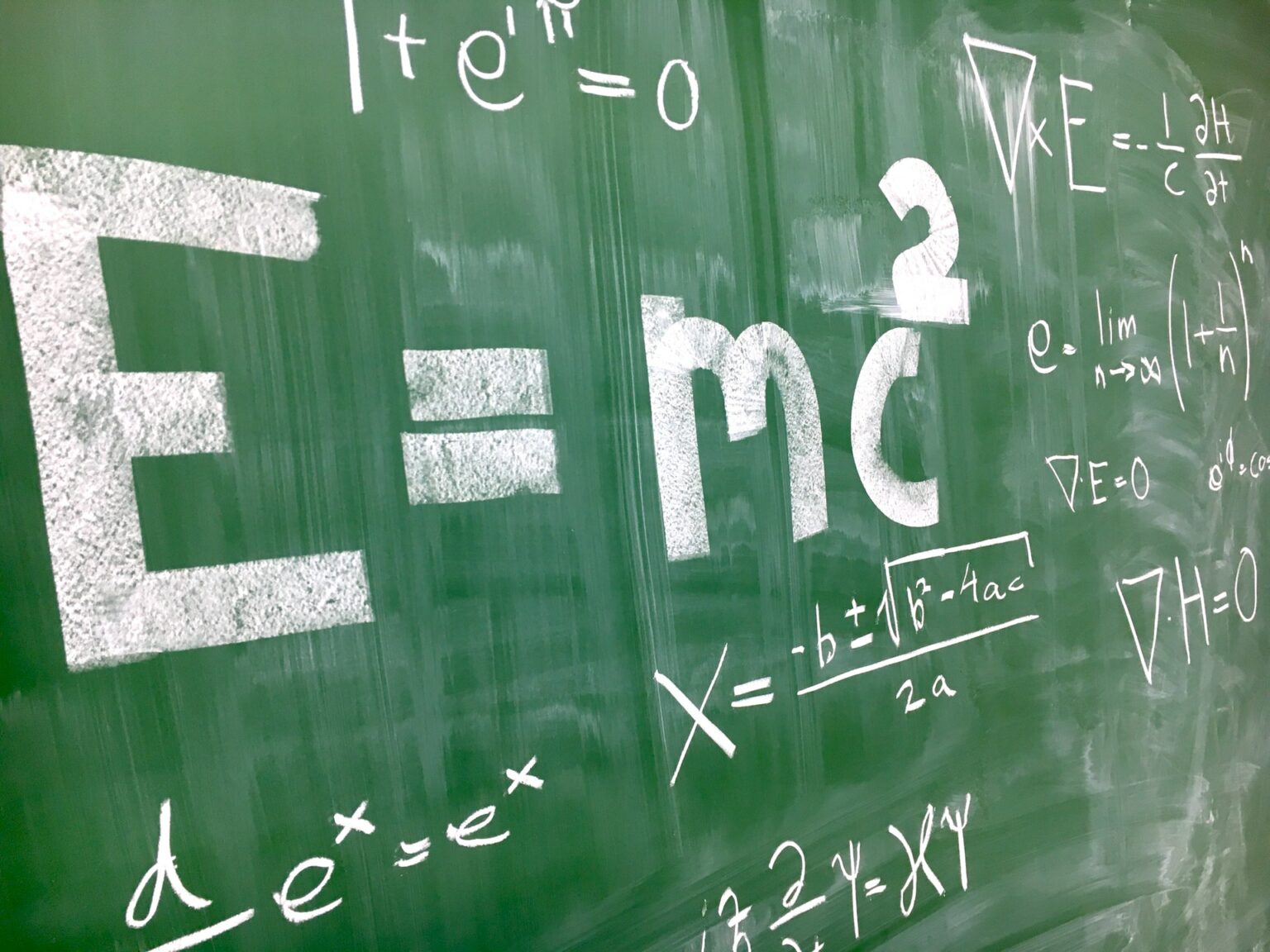There is a legend that in 1900 the English physicist Lord Kelvin said: “Now there is nothing new in physics. It remains only to make more and more accurate measurements.” Three decades later, quantum mechanics and Einstein’s theory of relativity revolutionized physics. Today, no physicist would dare to claim that humanity has found answers to all questions about the Universe and the world around us. It’s just the opposite. It seems that every new discovery opens a Pandora’s box and generates more and more riddles, which theoretical physicists have been struggling with for decades.

Especially for the International Day of Physics, we have compiled a brief overview of the biggest unsolved problems in physics. It is worth noting that the list did not include such unexplained and strange phenomena as dark matter, dark energy and black holes because we wrote about them in an article about the biggest mysteries of the Universe. But below you are waiting for other, no less intriguing riddles.
Irreversibility of time and entropy

One of the most important properties of the Universe is the passage of time. Moreover, it moves only “forward” and this process is irreversible. It is also called “entropy”, familiar to us from the laws of thermodynamics. Entropy means that the level of chaos only increases over time and there is no way to reverse it. The fact that entropy increases is an unsolved question of physics: as things change, they tend to come into disarray. By the way, your room cleaning is a kind of “struggle with entropy”. But the main question here is, why was entropy so low in the past? In other words, why was the Universe so orderly at the beginning of its existence, when a huge amount of energy was concentrated in a small space?
Multiverse

Astrophysical data suggest that spacetime may be “flat” rather than curved. Thus, it can be infinite. If this is the case, then the region of our visible Universe with a diameter of 93 billion light years is just one spot in an infinitely large multiverse. At the same time, the laws of quantum mechanics dictate that there are a finite number of possible configurations of particles within each cosmic region (10,000,000 000122 different variations). In the case of an infinite number of cosmic spots, the arrangement of particles inside them has to be repeated infinitely many times. This means that there are infinitely many parallel universes: cosmic areas exactly like ours, as well as areas that differ in the position of just one particle, and also areas that differ in the position of two particles, and so on up to the strangest Universes in which even the laws of physics are different.
Unevenness of matter and antimatter

There is much more ordinary matter than its oppositely charged and rotating in opposite directions “twin” of antimatter. But why is that? The answer to this question will help explain why something exists in the Universe at all. In theory, an equal amount of matter and antimatter should have been formed at the time of the Big Bang. But if this happened, then there would be a complete annihilation of both: protons would converge with antiprotons, electrons with positrons, neutrons with antineutrons, etc. For some reason, there was extra matter left in the Universe that did not annihilate. Stars, galaxies, planets and even us were formed from it. How and why this happened, there is no generally accepted explanation to this day.
What is the fate of the Universe?

The fate of the Universe strongly depends on a factor of unknown value: Ω, or a measure of the density of matter and energy in the entire cosmos. If Ω is greater than 1, then spacetime would be “closed”, like the surface of a huge sphere. If there were no dark energy, such a Universe would eventually stop expanding and instead begin to contract, eventually collapsing on its own in an event named the “Big Contract”. If the Universe is closed, but there is dark energy, the spherical Universe will expand forever.
Alternatively, if Ω is less than 1, then the geometry of the space will be “open”. In this case, its ultimate fate is a “Big Freeze” followed by a “Big Contract”. First, the external acceleration of the Universe will eventually tear galaxies and stars apart in trillions of years, leaving all matter cold and lonely. Then the acceleration will become so strong that it will overpower the action of the forces holding the atoms together, and everything will break apart.
If Ω were equal to 1, the Universe would be flat, extending like an infinite plane in all directions. If there were no dark energy, such a flat universe would expand forever, but at a constantly slowing speed, approaching a complete stop. If dark energy existed, the flat Universe would eventually undergo an unrestrained expansion, leading to a Big Contract. The true value of Ω is an unsolvable riddle of modern physics.
What is gravity?

What is gravity really? Other forces are mediated by particles. Electromagnetism, for example, is an exchange of photons. The weak nuclear force is carried by the W and Z bosons, and the gluons carry the strong nuclear force holding the atomic nuclei together. But gravity is different from them. Most physical theories say that gravity should be carried by a hypothetical massless particle called a graviton.
The problem is that hypothetical gravitons have not been detected so far. Scientists generally doubt that any particle detector will be able to detect them. That’s because if gravitons exist, they rarely interact with matter. It is not even clear whether gravitons are massless, although if they have a mass at all, it is very, very small — less than neutrinos, which are among the lightest known particles in the Universe. The search for gravitons continues, but so far without success. Therefore, the mystery of gravity remains unexplained.
Follow us on Twitter to get the most interesting space news in time
https://twitter.com/ust_magazine

